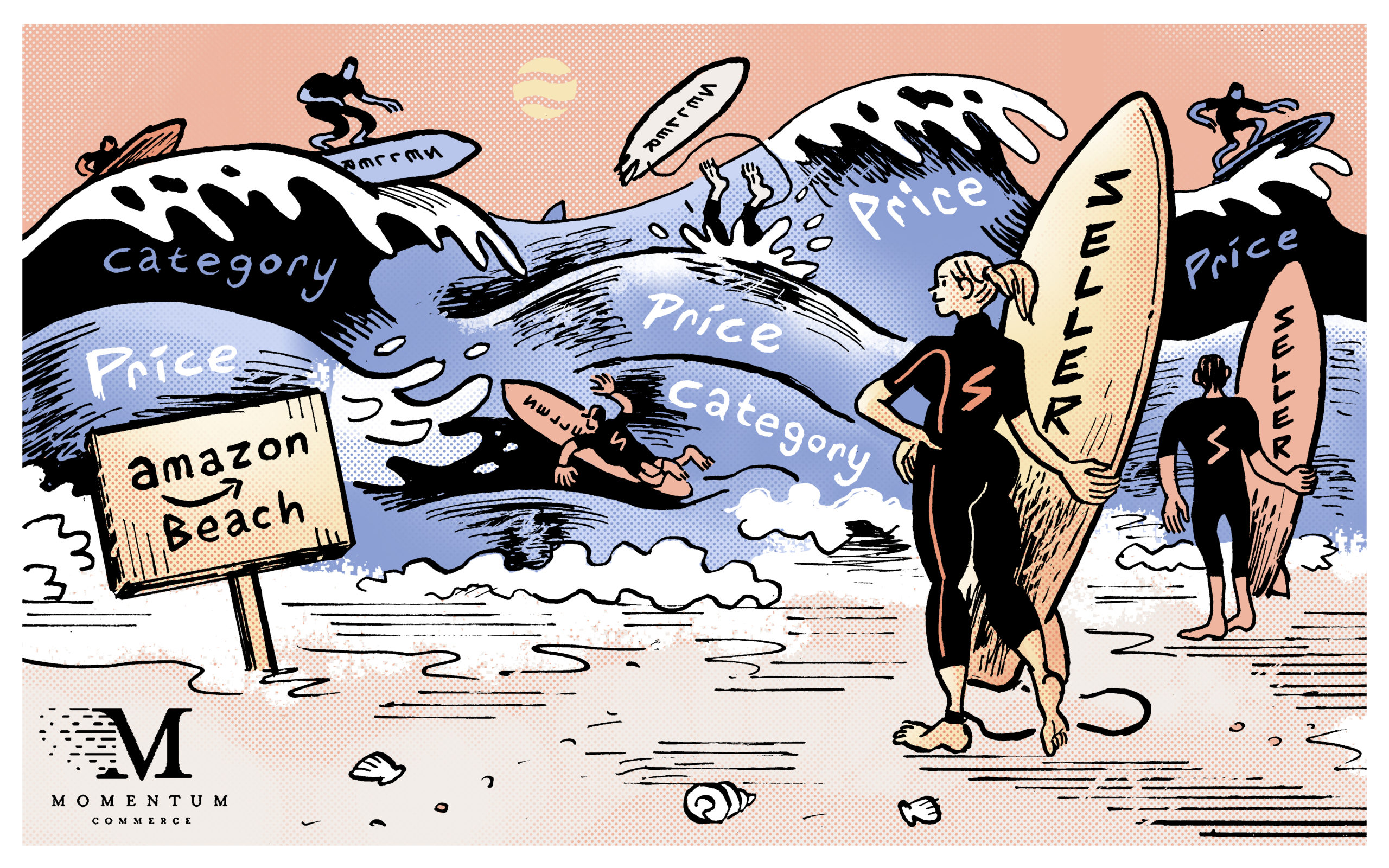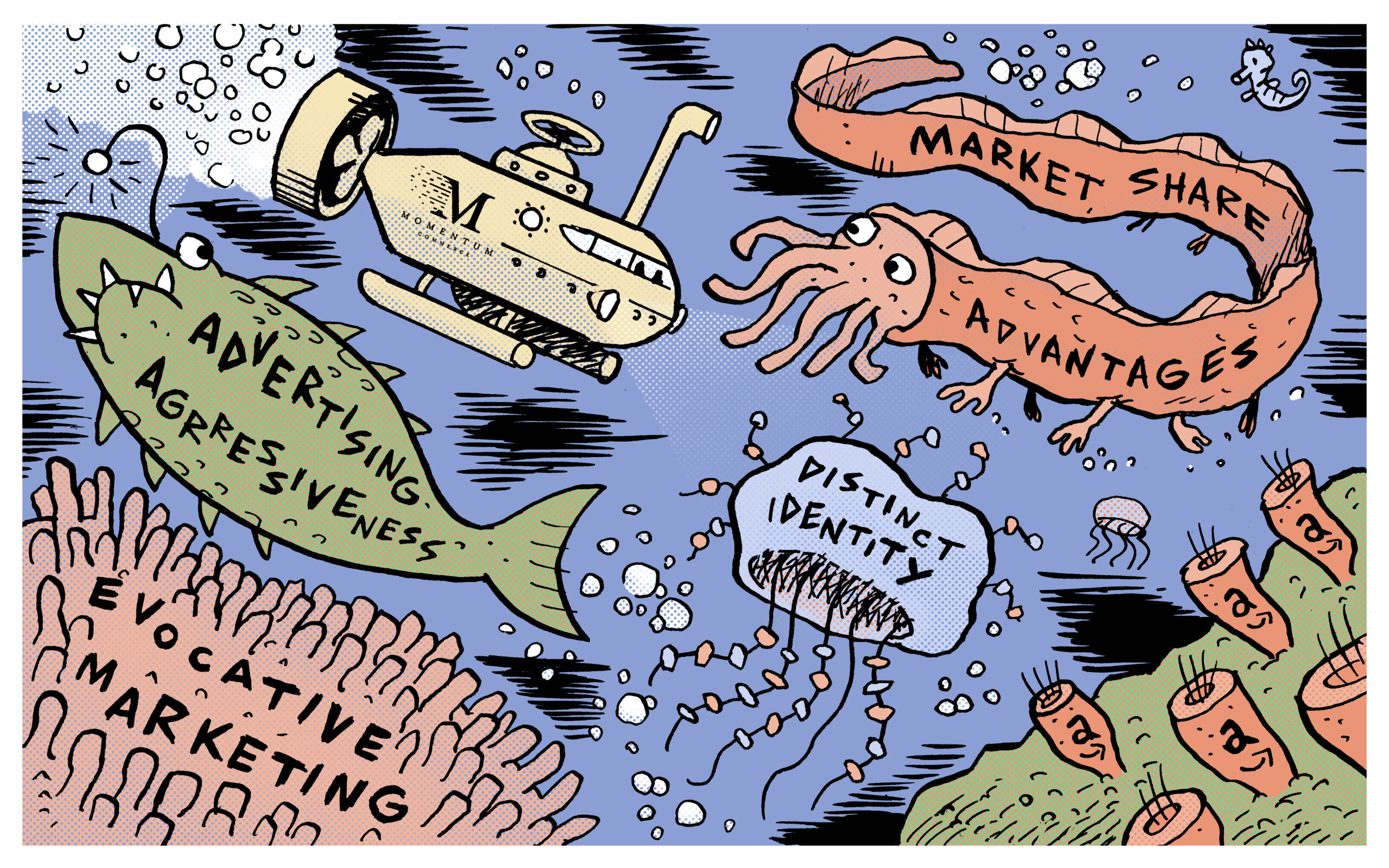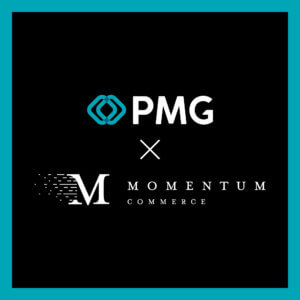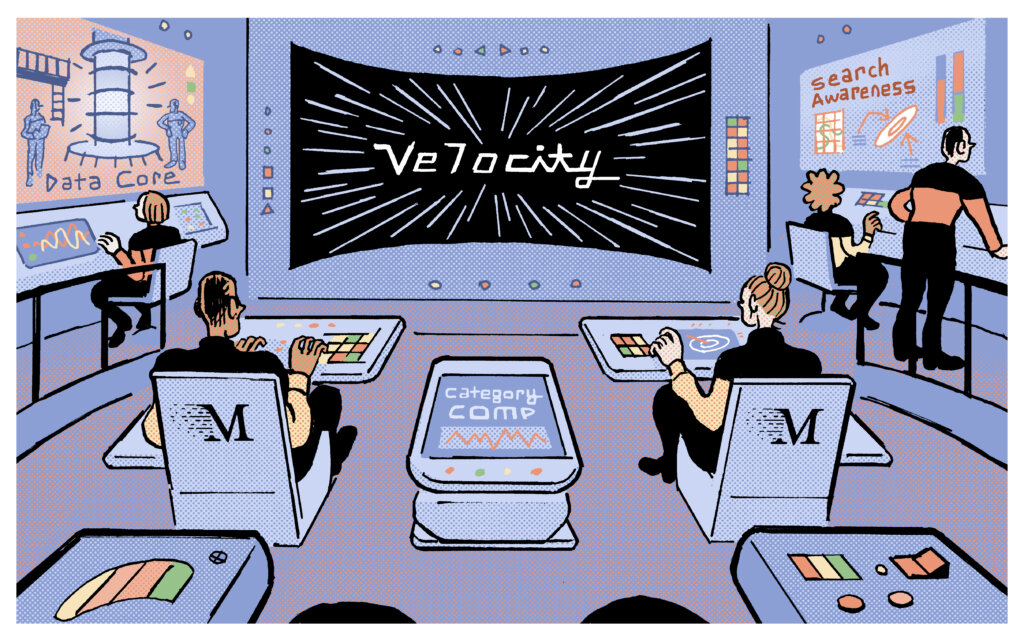
Velocity: What It Is and Why We Built It
When we formed Momentum Commerce in early 2021, our idea was always to bring together people with lots of practical eCommerce experience, from ad operations to brand strategy to even larger scale market research, and combine that with Engineers and Data Scientists who have previously spent time building analytical products from the ground up. With that combination, we felt we could produce a product that could help customers fully analyze a vast and complicated marketplace like Amazon, with its tens of thousands of categories, hundreds of thousands of brands, and millions of products, transforming this mountain of raw data into insights that were relevant to the actual problems brands and Amazon investors face in practice. And Velocity has been the result – which we formally released on June 7th.
Generally, Velocity is designed in a way that starts at the ten-thousand-foot view and lets you work your way into the details. At the most macroscopic level, we have our Category Insights module. This is the place to go to get very high-level overview insights about any category of significance in the marketplace. You can see overall revenue estimates, market fragmentation stats, and even details like how often browsers in a category search for a particular brand and how often top-selling products turn over month by month.
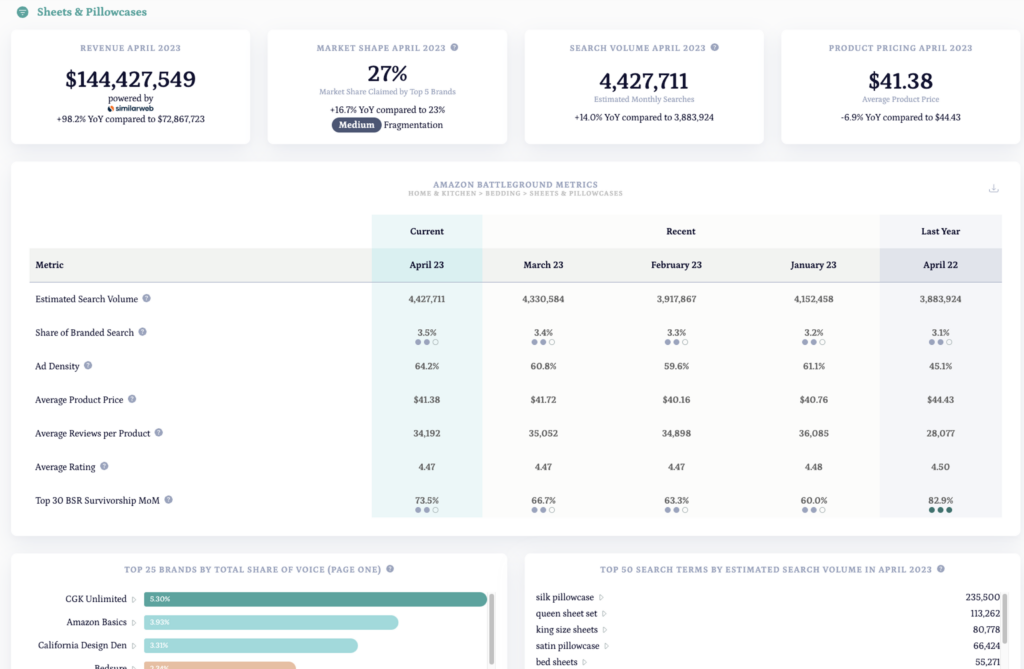
From there, you can zoom in on a particular brand of interest in your category in our Brand Insights module. You can see how your chosen brand stacks up with the top competition – we give you some suggested competitors but allow you to really customize. You can compare dimensions like BSR ownership, pricing, reviews, ratings, search volume, and much more.
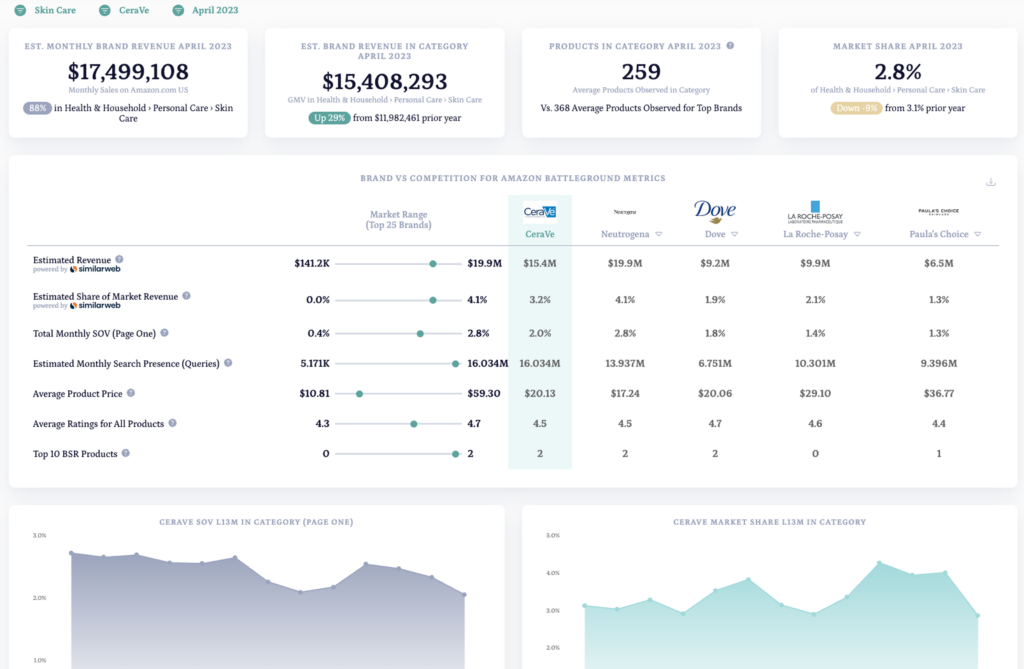
But ultimately what makes brands successful is great products, and that’s where our Portfolio and Product Insights modules come in, which let you look at detailed metrics for millions of products. We actually have built dynamic monthly custom competitor sets for each of these products, so you can not only see absolute metrics for a product (like its price) but also how it stacks up to the other products it shows alongside on the site (like how much cheaper or more expensive it is versus its competition).
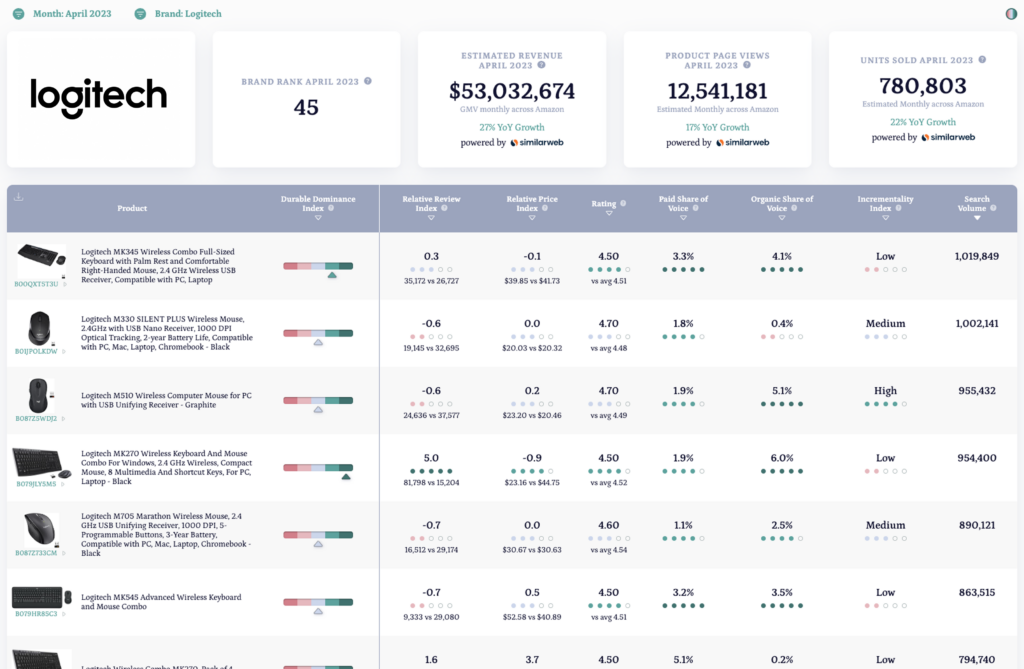
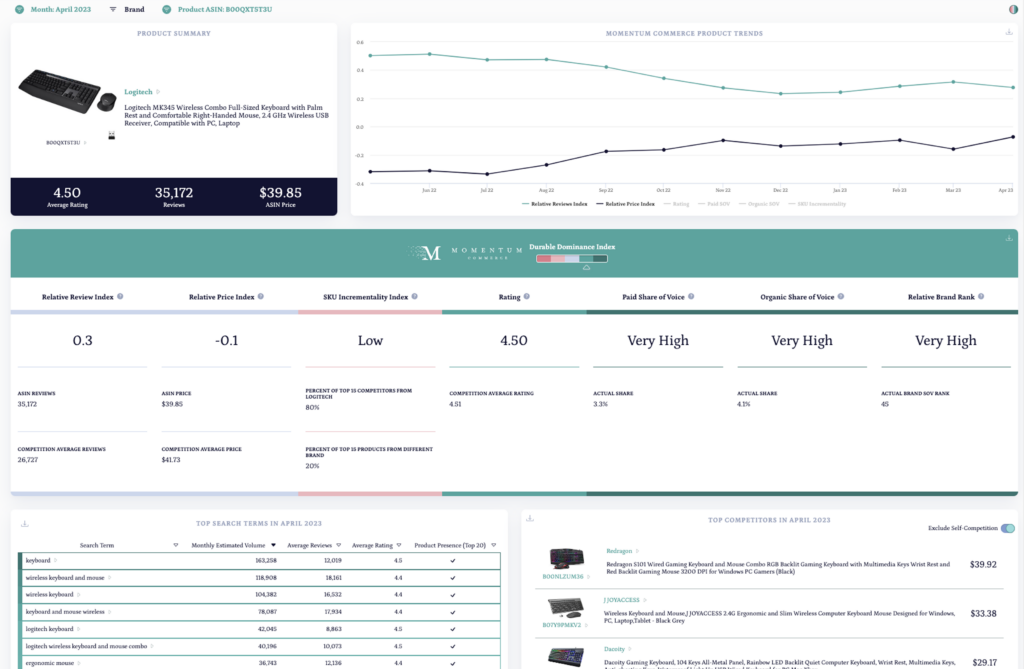
Why did we put so much focus on these relative metrics? Just like when you are at the grocery store shopping for cookies, comparing your brand of choice against other cookie brands on the aisle by price, your perception of quality, etc, when you shop on Amazon, you are doing that same kind of comparison against other items in the digital shelf that gets returned by your search. Some research we did actually bears this out. We looked at large sets of products with strong BSR ranks on Amazon and found that the single most significant influencing factor of whether those same products retained their strong position a year later was their relative review count – basically how many more reviews a product has against the competition it shows against. This was actually more important than the absolute review count. Relative ratings and price also played major roles. These findings really highlight that “shopping-by-comparison” theme on the site, which is why we felt it was important to build custom “digital shelf competitor sets” on all major products, so as a Velocity user, you can see, at a product level, “Who is my product showing against?” and “How does it compare to its competition?”. We even summarize these insights through our “Durable Dominance index”.
Overall, we are really excited about what’s been built. We believe it will give brands and investors answers to a lot of questions about categories, brands, and products, from really strategic things like:
“How successful will my brand be in entering a new category, considering fragmentation, product turnover, user brand preferences, and more?”
To many more tactical questions like:
“Where is my next best hour spent managing our Amazon business across our product catalog?”
For more information about Velocity by Momentum Commerce, please visit https://www.momentumcommerce.com/data/#velocity


